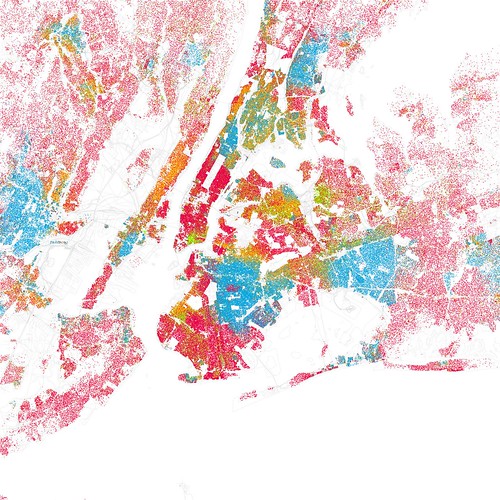Welcome to another diversity-filled week!
As happens fairly regularly in the literary world, people have been talking about gender and books. Two different takes caught our eyes this week: The Book Bench at the New Yorker took an analytical look at the discussion with What We Talk About When We Talk About Men Not Reading, looking at both men’s reading and at the the publishing industry. Meanwhile, author Maureen Johnson took a personal look at the issue with Sell the Girls, in which she talks about how the vast majority of her assigned reading, in school and college, was by and about men.
Far from the publishing biz, some girls in Afghanistan are growing up as boys. The New York Times gives a good look, explaining that having a son is so good for a family’s social status that boy-less families will present a daughter as a son and thus gain stature—even if most of their acquaintances know that the child was born female. Just as interesting as the switch is what happens when the girls reach puberty, or in some cases adulthood, and are asked to switch back.
Unrelated to gender but pretty cool, Eric Fischer has used US Census data (from 2000) to create maps of major cities, colored by race and ethnicity. Check out New York:

Red is white; blue is black; green is Asian; and orange is Hispanic.
It’s really noticeable how sharp and racially correlated the neighborhoods are, even in a city with as high an overall diversity as New York. You can see Chinatown, Harlem, Spanish Harlem, Brooklyn east of Flatbush Avenue, the Upper East and Upper West sides. It’s a nifty visualization of the world in which we live. Check out your city (if you live in a city); does its racial patterns look like you expected them to?
Have a great weekend, in whatever city, town, or country you find yourself!









